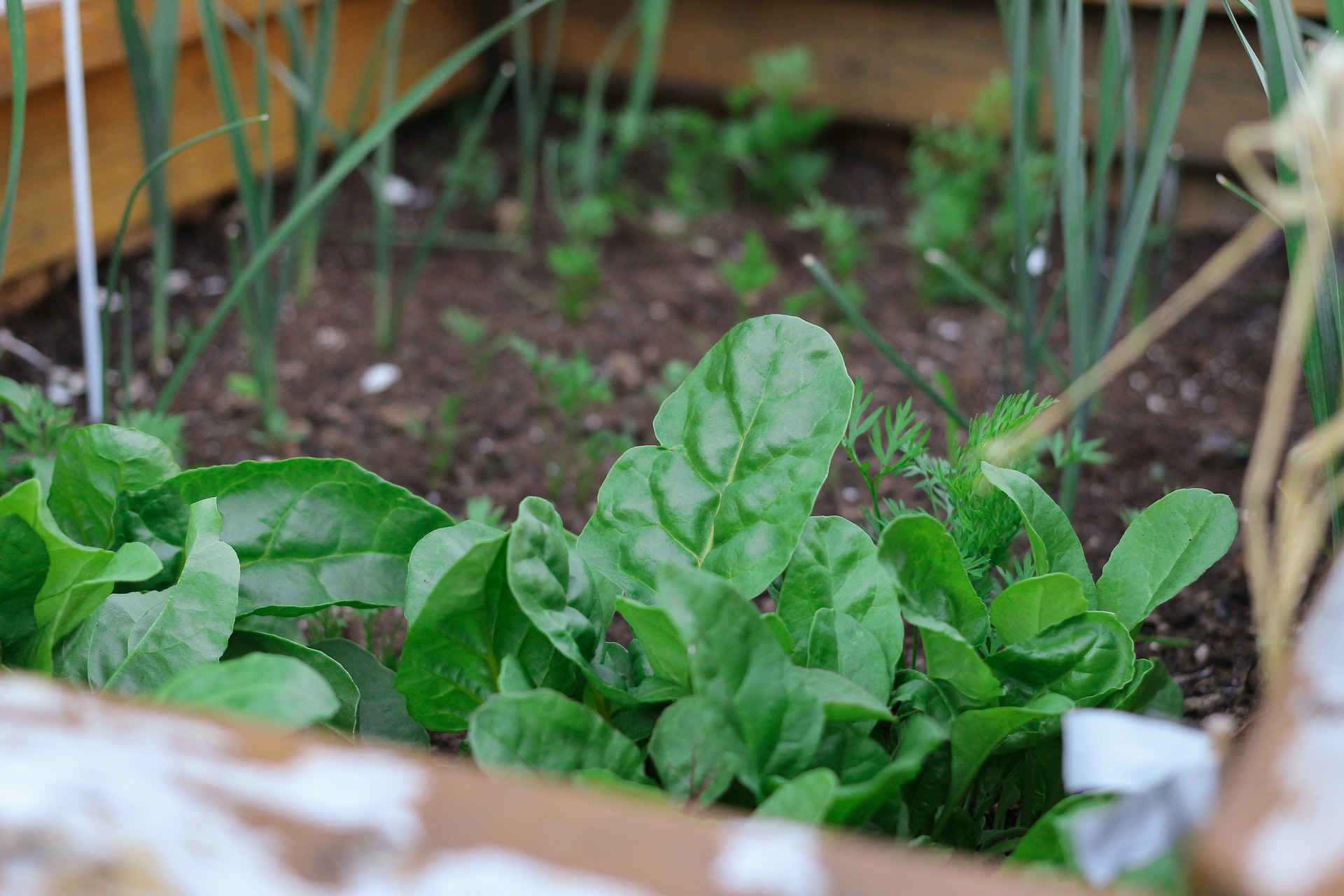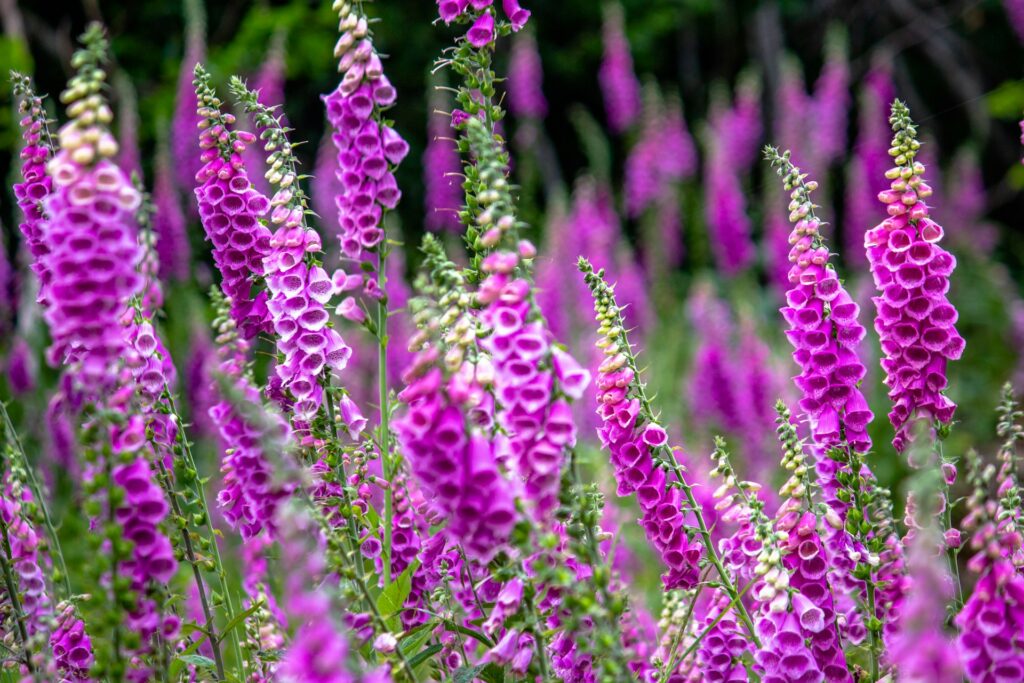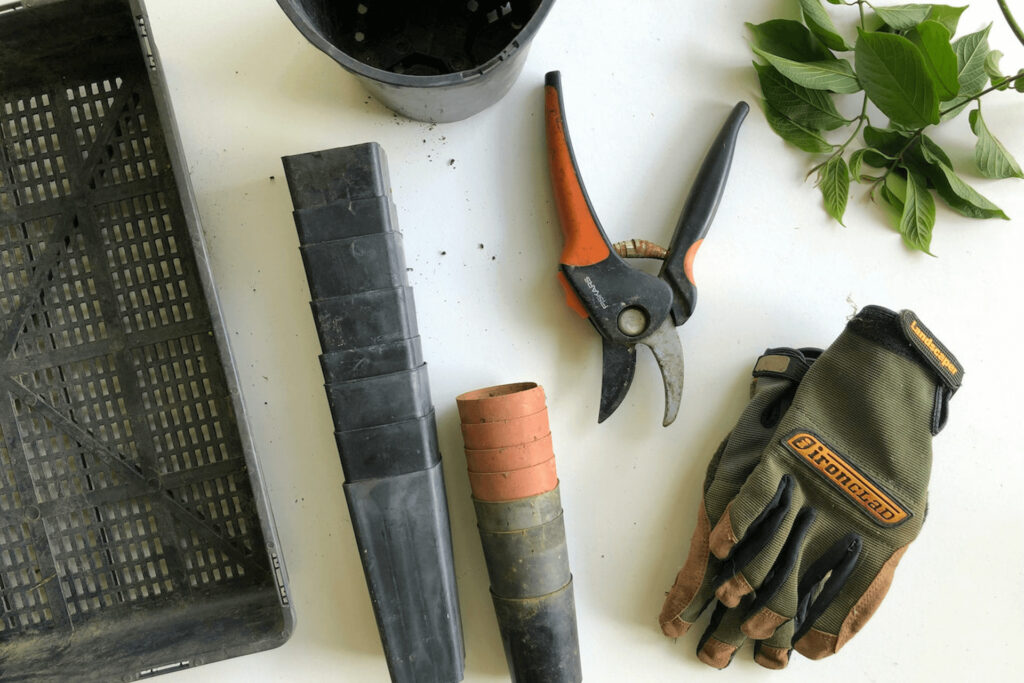
We are reader-supported. When you buy through links on our site, we may earn an affiliate commission.
The weather is getting cooler in most of the northern hemisphere, and tilling the soil and planting crops is probably the last thing on your mind. These cold fall and winter months are the best time to prepare for your spring garden. With that in mind, here are some tips for planning and preparing for your spring garden before the world warms up enough to plant.
1. Weed and Clean Up
Weeding your garden can be a bit of a hassle during the growing season. You have to be careful to remove the weeds without damaging the roots of the plants around them. Once the temperature starts to fall and everything in the garden starts drying up and dying, it becomes a lot easier to clean up your garden beds.
You’ll want to make it a point to remove as much of the root as possible, especially if you’re not going to replace the soil in your beds before you replant in the spring.
2. Prep Your Soil
Fall and winter months might not be good for planting but they’re perfect for prepping your soil for the spring planting season. You’ve got a few options here, from layering your garden beds with compost, fertilizer and shredded leaves, to planting a cover crop that acts as a natural fertilizer, restoring the soil so it’s ready to plant in come spring.
Now is also a good time to take samples of your soil and send them off to an agricultural laboratory to find out any adjustments that you might need to make over the winter to ensure the best spring planting season.
3. Mulch Any Overwintering Crops
If you’ve got anything that will be spending the winter in the ground, such as carrots or potatoes, you need to protect any remaining greenery above the ground, as well as your root veggies while they continue to grow. Spread mulch around and over the plants in a thick layer and monitor your weather carefully.
If things warm up quickly, you’ll want to uncover them sooner, and if they get incredibly cold, adding an additional layer of mulch or other protective material can help keep your plants safe.
4. Order New Seeds
Most seed catalogs are online these days and most start restocking during the fall and winter months. If you’ve wanted to try out a new breed of tomato or something different, now’s the time to do your research and start ordering. Your seeds will keep until you’re ready to start planting in the spring, as long as you keep them cool and dry.
You’ve got plenty of time to figure out what you want to plant and when you need to get your seeds in the ground.
5. Plan Your New Layout
If you’ve got a design bug, this is the perfect time to plan your new layout. Take some time to figure out what crops you want to plant, where each crop is going to go, and the best way to lay out your garden so each plant gets a chance to thrive.
Feel free to change up the designs as many times as you like. You can play with all sorts of different layouts right up until you start putting your seedlings in the ground this spring.
6. Tend To Your Tools
When you’re cooking in the kitchen, you’re more likely to cut yourself with a dull knife than a sharp one. The same rule applies when you’re working in the garden. If you’re trying to trim with a pair of dull pruning sheers or dig with a dull shovel, you’re going to have to work harder and you’re at risk of injuring yourself.
Spend some time this fall or winter tending to your gardening tools. Sharpen what needs to be sharpened, tighten screws or rivets to keep things from falling apart, and perform routine maintenance on any power tools you have for gardening.
7. Start Your Seedlings
A few weeks before your planting season starts, it’s time to start your seedlings so they’re ready to put in the ground as soon as it warms enough to start planting. The exact details of this step will vary from species to species, and from season to season. We suggest starting your seedlings in small biodegradable containers, or in sealed containers on a wet paper towel to encourage them to sprout.
Then, you can move them to small pots or containers until you’re ready to transplant them into their final container or garden bed.
Make Sure You’re Ready to Plant Come Spring
Getting everything ready for the spring planting season doesn’t have to take place in spring. Make your job a little bit easier by doing some of the prep work in the fall and winter months so you’re not trying to do everything at once as soon as things start to thaw. This isn’t an exhaustive list, but these steps can help make your spring planting season a little easier and more enjoyable.










